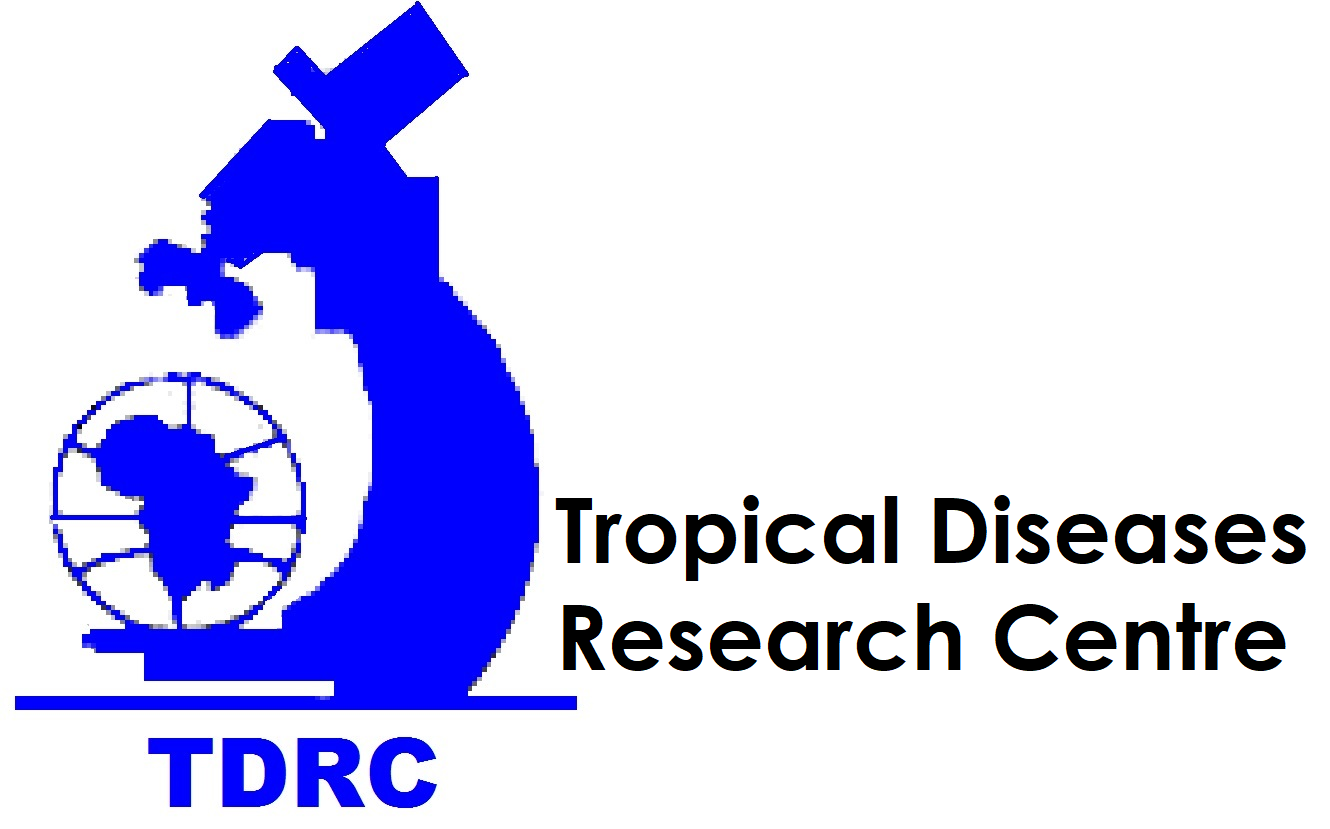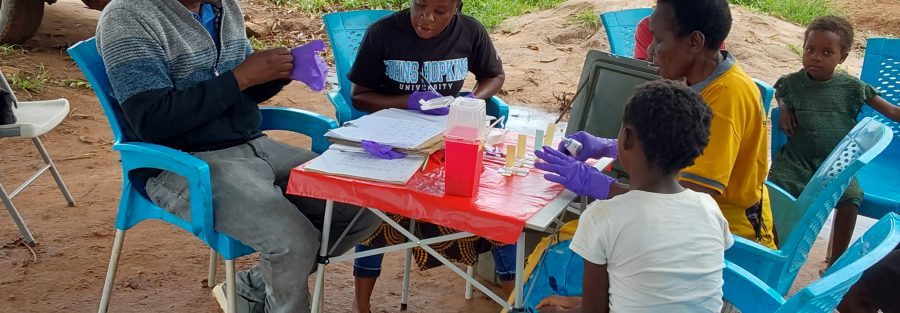At the forefront of the fight against malaria, the ICEMR study is making remarkable strides in understanding the drivers of malaria transmission and impact of control measures. Over the last 14 years, through a combination of field-based based research, laboratory analysis, and community engagement, the project seeks to identify effective strategies for malaria control and elimination, ultimately contributing to reduction of malaria-related morbidity and mortality in Zambia.
The Zambia ICEMR is a collaborative effort, comprising of the Johns Hopkins Blumberg School of Public Health, the Macha Research Trust and the National Health Research and Training Institute (NHRTI) formerly Tropical Diseases Research Centre (TDRC). A lot of insights have been gained from on-going ICEMR work in Nchelenge. Some of which include high burden of malaria despite the use of effective control tools, the complex malaria vector species biology, abundance, potential for malaria transmission, and insecticide resistance. Aspects of the human population that include population movements, ownership and use of vector control tools such as insecticidal nets (LLINs), and indoor residual spraying (IRS).
In this third funding cycle of the ICEMRs, the project is set to leverage the deep understanding gained over the past years to explore innovative data streams, metrics, analytics, and surveillance tools to fill knowledge gaps, improve strategic decision-making, and better equip the Zambian National Malaria Elimination Programme and local research institutions to achieve the country’s malaria elimination goals across high, medium, and low transmission settings beyond the duration of this ICEMR program. The theme of this ICEMR renewal application is to harness innovation to transform malaria surveillance into key interventions, derived from the World Health Organization’s Global Technical Strategy for Malaria 2016–2030
As the project progress we expect more insights realization and continuous improvement in the understanding of the malaria epidemiology in Nchelenge, a high malaria transmison region in Zambia. The following activities and what they seek to find out are currently ongoing in Nchelenge.
Assessment of the biting behaviour of malaria vectors in Macha and Nchelenge, two regions with contrasting malaria transmission settings in Zambia The focus is on ‘Cohorts’—a critical approach to understanding malaria in different malaria transmission settings . The proposed study seeks to understand the biting patterns of malaria vectors across two transmission settings in Zambia using the HLC method
Here is what is happening on the ground, focusing on Nchelenge:

In selected households, individuals undergo monthly malaria screenings. These routine checks help monitor the epidemiological impact of malaria control tools and assess disease trends over time.

The study also monitors human movement patterns to understand how mobility affects malaria transmission and the effectiveness of control interventions in Nchelenge.

Every month, mosquito collections are conducted in selected households. By tracking mosquito population trends, researchers can evaluate the impact of malaria control interventions in the area.

The team also collects weather data on a monthly basis through their installed weather station in Nchelenge. This data is used to assess the impact of changes in climatic conditions on mosquitoes and burden of malaria in Nchelenge

Not all mosquitoes transmit malaria—some simply enter homes to rest. Through indoor and outdoor mosquito collections, ICEMR researchers gather critical data on mosquito behaviour. This information helps guide Nchelenge District Health Offices and the National Malaria Elimination Program in choosing the most effective intervention strategies.

After Indoor Residual Spraying (IRS) and Insecticide-Treated Net (ITN) distribution, ICEMR teams visit communities to assess their effectiveness. They achieve this by using tablets, community screening using RDTs and vector surveillance.
This work is vital for tailoring malaria interventions and ensuring we stay ahead in the fight against this deadly disease.



